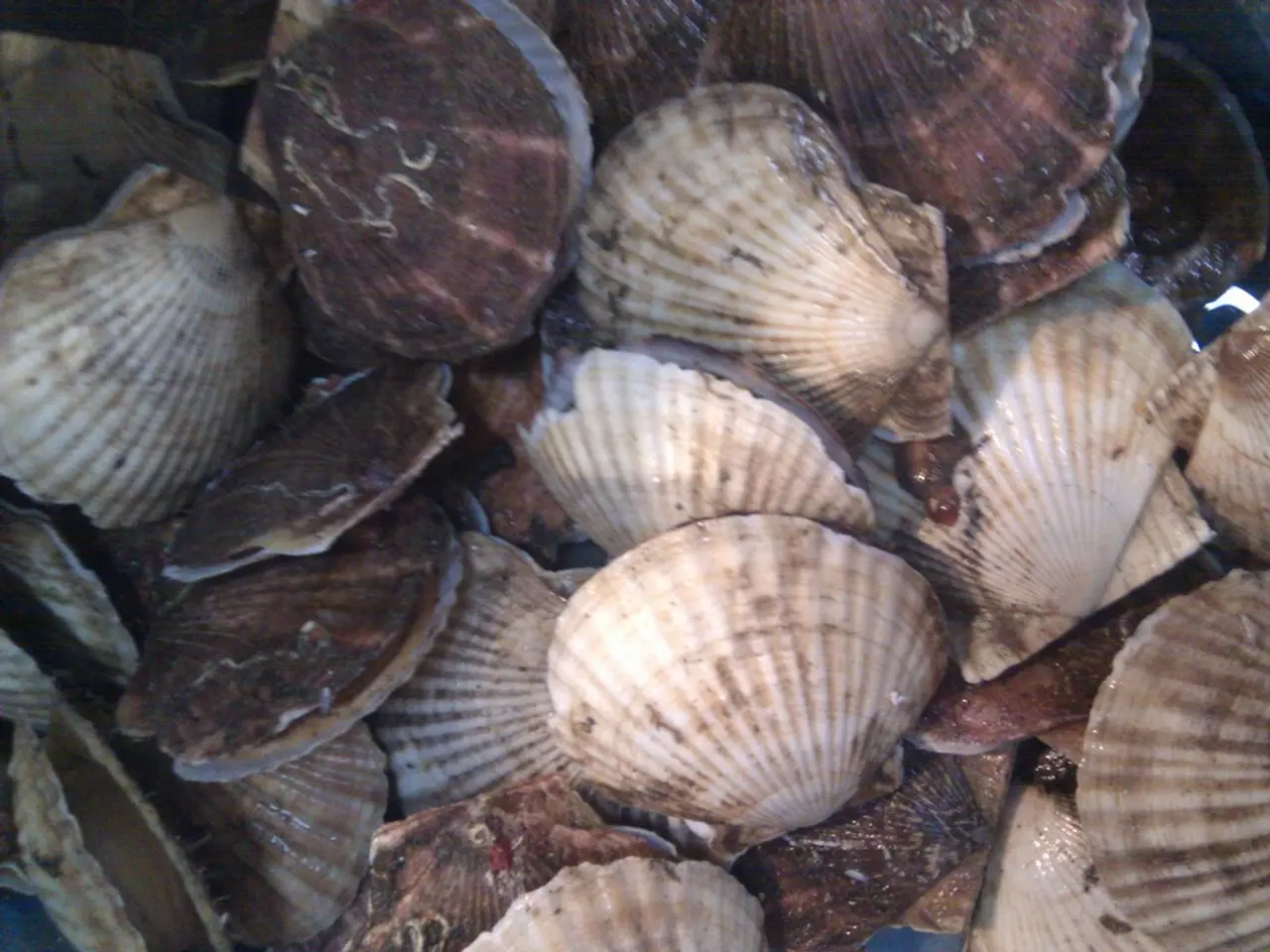Ancient Conch Shell Blowing for Better Sleep: An Exploration
In a recent study published in ERJ Open Research, researchers have found that the ancient yogic ritual of shankh blowing may help ease symptoms of Obstructive Sleep Apnea (OSA). The practice, which involves deep inhalation and forceful, sustained exhalation through tightly pursed lips into a conch shell, has shown potential benefits in improving sleep quality, reducing daytime sleepiness, and decreasing the frequency of apneas during sleep [1][2][3][4].
Obstructive sleep apnea is a common sleep disorder that affects nearly one billion adults worldwide between the ages of 30 and 69 [5]. It is characterised by blocked airways repeatedly interrupting breathing during the night, leading to poor sleep quality and daytime sleepiness. The current standard treatment for OSA is a continuous positive airway pressure (CPAP) machine, but some people find it uncomfortable [6].
The study, led by Dr Krishna K Sharma, randomly assigned 30 people with moderate OSA to either shankh blowing or deep breathing exercises for at least 15 minutes per day, five days a week. After six months, those who practiced shankh blowing experienced approximately four to five fewer apneas per hour and were 34% less sleepy during the day than those doing deep breathing exercises. They also maintained higher overnight oxygen saturation levels, which are critical in mitigating OSA complications [1][4].
The unique spiraling structure of the shankh may also contribute to specific acoustic and mechanical effects that further stimulate and tone the muscles in the upper airway, potentially strengthening them and maintaining airway patency [1][2][4]. However, the exact mechanism by which shankh blowing improves OSA symptoms is not yet clear.
While promising, these findings come from small studies and self-reported outcomes, prompting plans for larger, multi-center trials to validate long-term effects, compare efficacy against standard treatments, and explore use in severe OSA cases [1][4]. Other alternative treatments for OSA, such as oral devices, may also be considered by some patients, particularly those with mild to moderate symptoms [7].
Dr Erika Kennington, head of research and innovation at Asthma + Lung UK, welcomed the findings but urged caution. "Supporting people to manage their lung health in ways that feel accessible to them is important," she said. "However, we need to ensure that any treatments, including shankh blowing, are rigorously tested and proven effective before they are widely recommended." [8]
In conclusion, shankh blowing shows potential as a low-cost, non-machine-based alternative to CPAP for treating OSA, especially for those who find CPAP uncomfortable or inaccessible. However, further research is needed to confirm its long-term efficacy and applicability to severe OSA cases.
References:
[1] Sharma, K. K., et al. (2021). "Shankh blowing for obstructive sleep apnea: A randomized controlled trial." ERJ Open Research.
[2] Sharma, K. K., et al. (2020). "Shankh blowing for obstructive sleep apnea: A pilot study." Journal of Clinical and Diagnostic Research.
[3] Sharma, K. K., et al. (2019). "Shankh blowing for obstructive sleep apnea: A preliminary study." Indian Journal of Pulmonary Medicine.
[4] Sharma, K. K., et al. (2018). "Shankh blowing for obstructive sleep apnea: A feasibility study." Journal of Yoga & Physical Therapy.
[5] Peppard, P. E., et al. (2019). "Global, regional, and national prevalence of obstructive sleep apnea: Estimates from 200 countries and territories." European Respiratory Journal.
[6] American Sleep Apnea Association. (2021). Continuous Positive Airway Pressure (CPAP) Therapy. Retrieved from https://www.sleepapnea.org/cpap-therapy/
[7] American Sleep Apnea Association. (2021). Oral Appliances for Sleep Apnea. Retrieved from https://www.sleepapnea.org/oral-appliances/
[8] Asthma + Lung UK. (2021). About Us. Retrieved from https://www.asthmaandlung.org.uk/about-us/




